As the Local Highway Authority we are responsible for the implementation of traffic calming measures in the borough.
Types of traffic calming
Physical traffic calming features:
Road Humps: Raised sections of the road designed to force drivers to slow down to avoid damage to their vehicles.
Speed Cushions: Similar to humps but are raised rectangular areas that don't extend across the entire road, designed to slow smaller vehicles while allowing larger vehicles like buses to pass more smoothly.
Speed Tables: Longer, flat-topped humps that can also serve as raised pedestrian crossings, providing a smoother transition for all vehicles.
Chicanes: A series of narrowing and s-shaped curves on a straight road that create an awkward path, forcing drivers to steer more and slow down. On narrow chicanes, one direction of traffic can be given priority and the oncoming traffic has to give way.
Road Narrowing: This can be achieved by extending footways (kerb build-outs or pinch points), installing traffic islands, or planting trees to create a more confined road space.
Traffic Islands/Pedestrian Refuges: Structures in the road that can narrow traffic lanes, providing a safe space for pedestrians to cross, and can also be used to channel traffic.
Mini-roundabout: a roundabout, usually on a 3-arm junction made up of road markings only and a domed centre, which allows larger vehicles to over-run the centre when turning.
Visual & Other Measures:
20mph Limits and Zones: Reducing speed limits in residential areas, which often requires accompanying physical measures to ensure compliance.
Gateways: A defined entry point to a road or area, often incorporating signs and road markings, to visually signify a change in road characteristics and encourage lower speeds.
Road Surface Changes: Using textured road surfaces or different colours can provide visual cues to hazards and encourage drivers to reduce speed.
Signage: Using signs to show accident statistics can remind drivers of the consequences of speeding. Vehicle-activated signs are triggered by a vehicle travelling above the speed limit.
Traffic calming features are usually implemented over a designated area or stretch or road, rather than in isolation. A traffic calming scheme can be made up of a number of different features. Traffic calming require consultation with stakeholders before it can be implemented.
Benefits and regulations
Road safety benefits of traffic calming
Traffic calming has been used throughout the borough as a way to reduce collisions at identified hotspots.
Before their introduction we investigate the collisions history and speed data and any other relevant factors which may affect driver behaviour.
After this we make a balanced judgement about why collisions are happening and how we can reduce them. We also work with the Planning Team, Regeneration Team and Transportation colleagues to make sure any new highway and development proposals are ‘safer by design’ from the outset so further traffic calming is not required.
Physical traffic calming can sometimes lead to complaints about increased noise and vibration from traffic. They have however been proven to reduce traffic speed and have been installed in many locations to good effect.
